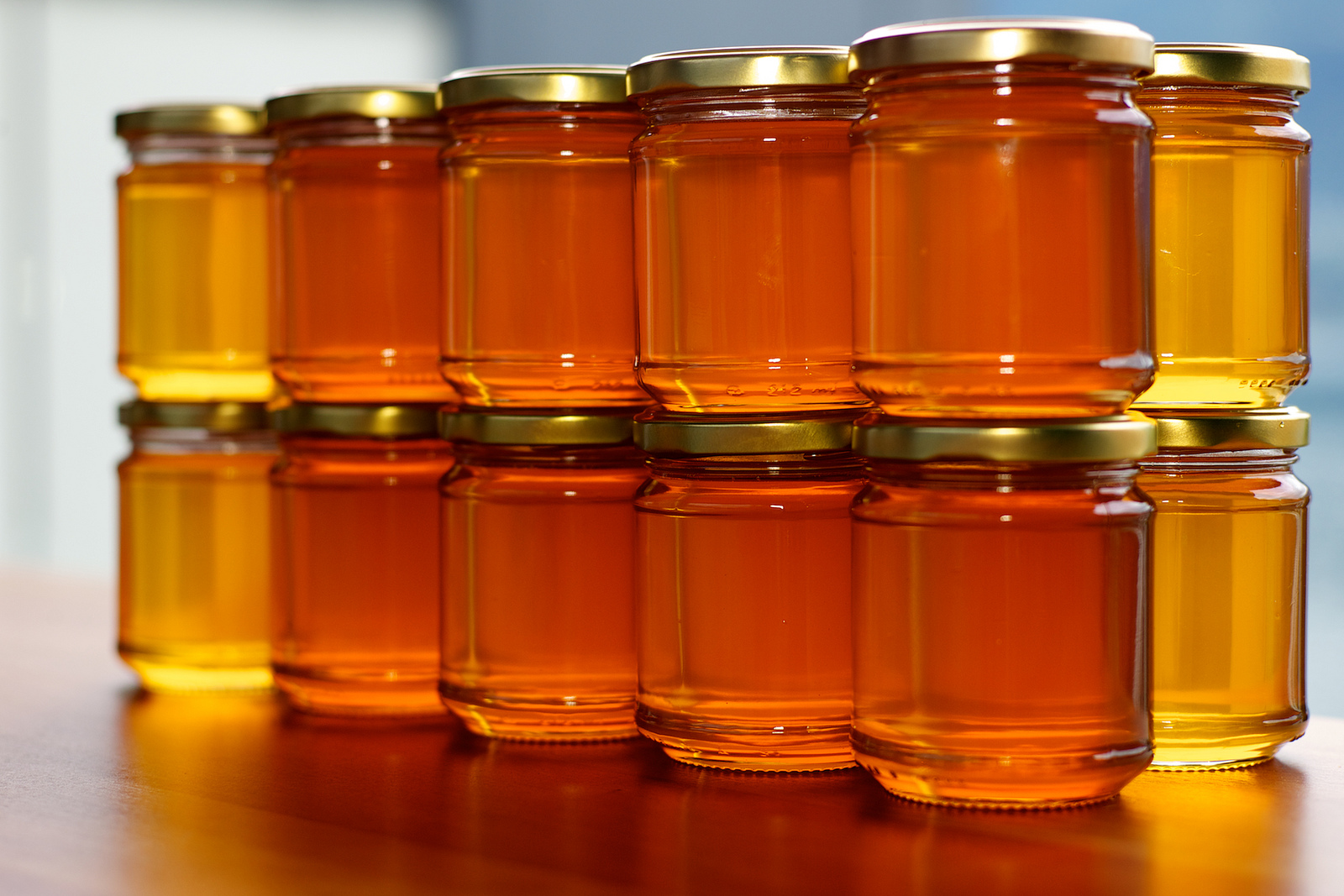 Earth & Space
Earth & Space
Global contamination of honey by insecticides
A worldwide survey has uncovered a widespread contamination of commercial honeys with neonicotinoids (agricultural insecticides). What does this mean for us and for the bees producing the honey?

Bees and other pollinators provide indispensable ecosystem services and are essential for the cultivation of one third of crops worldwide. Yet, this free service may be threatened by the use of insecticides among which neonicotinoids. There is currently a strong debate about banning these pesticides. Some argue that their use is essential for agricultural production while others point to the risk of major damage to pollinators and other useful insects such as antagonists of pests.
Neonicotinoids have been identified as a highly likely cause for the decline in insect and bird populations and diversity, but the level of exposure of pollinators to these pesticides are not known on a global scale. Honey bees collect pollen and nectar around their hive at a distance of up to 12km. If some of the plants visited by bees are contaminated by pesticides, these molecules will end up in the honey. Thus, by analysing a honey sample, information on the general exposure of bees to pesticides in a given time and space can be obtained. As honey is produced in all continents except Antarctica and is easily purchased, it should be possible to build a global database of pesticide contamination. We initiated a citizen science project by asking friends and colleagues travelling throughout the world to bring back pots of honey from local producers. Over 100 volunteers contributed to this study and thanks to them we build a collection of several hundred of samples. We selected 198 samples to obtain a balanced coverage in different regions and analysed them for the five most commonly used types of neonicotinoid insecticides: acetamiprid, clothianidin, imidacloprid, thiacloprid and thiamethoxam.
Our results showed that 75% of our samples contained measurable concentrations of at least one of the five insecticides. The average concentration of positive samples was 1.8 nanogram per gram (ng/g). Forty five percent of the samples contained two or more compounds and 10% contained four or five. Nearly half of the samples (48%) contained a total concentration of neonicotinoids exceeding 0.1ng/g, the lowest concentration for which a negative effect on bees or other non-target insects has been demonstrated experimentally. No sample exceeded the maximal concentrations authorised in the EU for human consumption (10-50 ng/g depending on the neonicotinoid) but two exceeded this limit if all five neonicotinoids were considered jointly.
These results show for the first time the magnitude of the global contamination of landscapes by neonicotinoid insecticides. Although the measured concentrations are mostly below the level causing direct lethal effect to bees and other insects, they are within the range known to cause a range of negative effects such as neurological disorders leading to impaired orientation and foraging efficiency, respiratory function, reproduction, functioning of the immune system, and queen survival (i.e. 0.1 ng/g, lowest concentration for which such effects were shown).
Most countries do not have publically accessible databases of pesticides use at a level of geographical resolution required to assess their possible effect on wildlife and human health. Such data should be made accessible, but until this is done the analysis of honey will continue to constitute an easy and efficient option to evaluate environmental exposure to pesticides.
Although much research has been done on the impact of neonicotinoids on bees and other organisms, we have only limited data on the joint effect of several pesticides and we are only starting to understand their possible effects on vertebrates including humans. Our results show that multiple contaminations are frequent. We only analysed five of the hundreds of pesticides used in agriculture. It is highly likely that our samples are contaminated by many more pesticides, each of which probably at low concentrations, but which jointly have unknown effects on bees and other living organisms. Numerous studies have documented a global decline in the diversity and abundance of insects, birds and other organisms. Increasing intensification of agriculture and use of pesticides have frequently been found to be the most likely cause for these declines. Our study contributes to the existing broader debate on the use of synthetic pesticides in agriculture.
Original Article:
Mitchell E, Mulhauser B, Mulot M, Mutabazi A, Glauser G, Aebi A. A worldwide survey of neonicotinoids in honey. Science. 2017;358(6359):109-111. doi:10.1126/science.aan3684.Edited by:
Massimo Caine , Founder and Director
We thought you might like
A dangerous habit: bees prefer pesticide-contaminated nectar
Feb 12, 2016 in Earth & Space | 3 min read by Sébastien KesslerThe use of neonicotinoid pesticides affects wild bee populations
Jun 10, 2016 in Earth & Space | 4 min read by Maria SentandreuWhen and where neonicotinoids are bad for bees
Oct 26, 2017 in Earth & Space | 4 min read by Ben A. Woodcock , Matthew S. Heard , Nadine Mitschunas , Brigitta Raffa , Dora Vaskor , Áron Bihlay , Judy A. Webb , Richard F. PywellThe Poisoned Oasis: Neonicotinoid Spillover Harms Bees Near Corn
Jul 5, 2018 in Earth & Space | 4 min read by Nadia Tsvetkov , Amro ZayedMore from Earth & Space
Discovery of the first radiation belt beyond the Solar System
Jan 27, 2025 in Earth & Space | 3.5 min read by Juan Bautista Climent OliverOne million (paper) satellites
Jan 24, 2025 in Earth & Space | 3 min read by Ewan Wright , Andrew FalleVolcanic Ash: A Nutrient Boost for Reef-Building Corals
Sep 18, 2024 in Earth & Space | 4 min read by Frank Förster , Tom SheldrakeAmmonia Energy: A Call for Environmental Awareness
Aug 29, 2024 in Earth & Space | 3.5 min read by Matteo Bertagni , Robert Socolow , Amilcare PorporatoLikely increase in coral thermal tolerance at a Pacific archipelago
Dec 29, 2023 in Earth & Space | 3 min read by Liam LachsEditor's picks
Trending now
Popular topics


